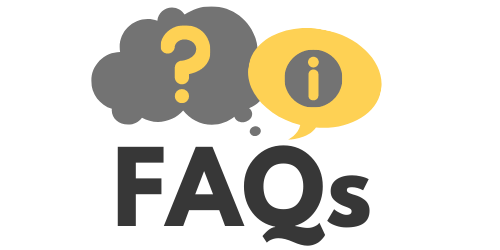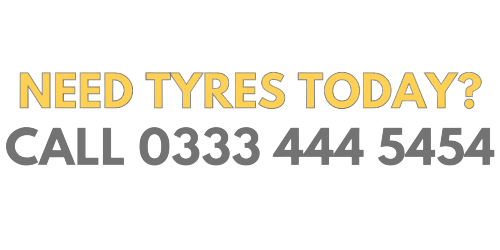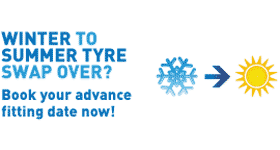Run Flat Tyres | Tyre Pressures on Run Flat Tyres | Run Flat Tyres Fitting Mobile
Do you have a BMW that has run flat tyres? Or maybe your Mini has run flat tyres? These types of tyres are becoming more and more common as manufacturers stop supplying a spare wheel.
Run Flat - RFT or ROF (sometimes they are called "Self Supporting - SSR" or "Zero Pressure - ZP") tyres are designed to keep working for a short while after you have had a puncture. This means if you were to pick up a puncture, you no longer have to change the wheel at the side of the road and you should be able to safely drive home to get your tyre changed. Your owner's manual will normally give you advice on distances and speeds that you should not exceed, but this will normally be about 50mph for up to 50 miles.
Another advantage of Run Flat tyres is that due to their tougher side walls the risk of a potentially dangerous tyre blow out is reduced. A disadvantage is that many of the run flat tyres are not repairable as the integrity of the sidewall cannot be confirmed to have not been compromised. Check your tyres today and you should find a statement on the side of the tyre telling you as much.
See below some of the different ways Run Flat can be marked on your tyres.


TPMS (Tyre Pressure Monitoring System) on RunFlat Tyres
Any car that is supplied with Run Flat tyres also has to have a form of Tyre Pressure Monitoring System (TPMS). The reason for this is that Run Flat tyres do not show that you have a pressure loss in your tyre by 'going down'; their design feature is to hold the weight of the vehicle without going down. There are 2 types of TPMS, these being Indirect and Direct.
Indirect works of the ABS sensors on your car and works out if one of your wheels is going faster than the rest; this indicates that you have a tyre that has a lower pressure that the other tyres and thus a puncture. BMW and Mini mainly use this system but they do seem to be migrating across to the Direct system more. One of the draw backs of the indirect system is that you do not know which of your tyres has a problem.
The other system is Direct, this works by having a special valve in the wheel that senses the pressure in the wheel and transmits this information to the car. This can then be displayed in the car. The benefit of this system is that you can normally see the tyre pressure in each tyre so you know which tyre has a problem. This system is very common in Citroen, Chrysler and Jaguar cars. Once one of these valves has been replaced they will either have to be triggered to the car or they are able to 'self learn'.
Triggering is done by reading each valve in a set sequence with a special piece of equipment and then connecting this to the car and 'triggering' the onboard computer with the information. Self learning is done by driving the car for a set distance and the car senses that a new valve has been fitted, both types can be explained when the valves are replaced.
We also have the ability to support with TPMS repairs and replacements for the direct system units for all manufacturers. Saving you from main dealer prices.
Keep us in mind for any tyre or TPMS issues you might have! We're a fully mobile service, we're able to book a to-the-minute appointment at a location of your choice! Remember, the price you see or we quote is all inclusive, no hidden costs for valves, balancing or even call out, it even includes the dreaded VAT.
Call us on 0333 444 5454 or ORDER YOUR TYRES ONLINE!








HometyreGroup
Join the conversation
on Twitter
Follow us